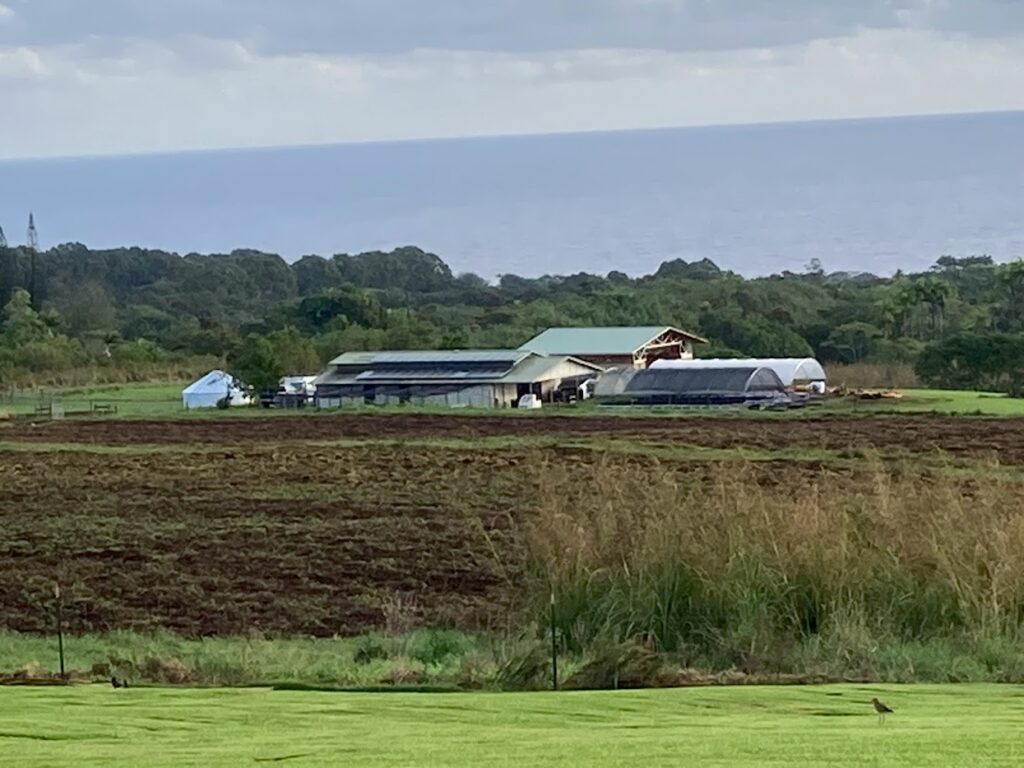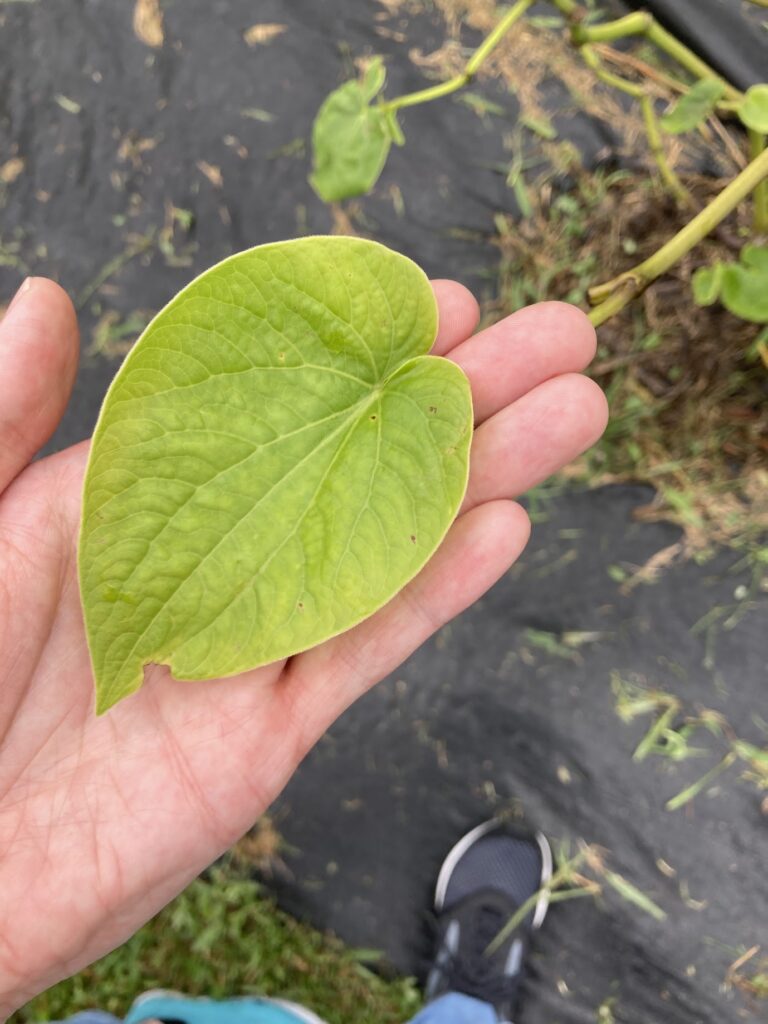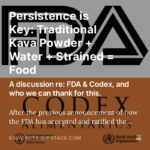Summary of: Proposal for a Kava Quality Standardization Code. By Dr. Rolf Teschke, and Dr. Vincent Lebot. 2011

Citation: Teschke, Rolf, and Vincent Lebot. 2011. “Proposal for a Kava Quality Standardization Code.” Food and Chemical Toxicology: An International Journal Published for the British Industrial Biological Research Association 49 (10): 2503–16. https://doi.org/10.1016/j.fct.2011.06.075.
Fast Summary:
- This paper titled “Proposal for a Kava Quality Standardization Code” by Rolf Teschke and Vincent Lebot, published in Food and Chemical Toxicology in 2011 is a study that covers various aspects of botanical quality standardization, including chemical, agricultural, manufacturing, nutritional, regulatory, and legislative considerations.
Full Summary:
Introduction
The paper introduces kava (Piper methysticum), a plant from the South Pacific region, and its various products derived from its rhizomes and roots. It discusses traditional aqueous beverages, acetonic and ethanolic formulations, medicinal aqueous extracts, and dietary supplements. The active ingredients, kavalactones, are responsible for the drink’s relaxing, sedative, and anxiolytic properties.
Manufacturing Standardizations
This section covers the background, present status, and future requirements of manufacturing standardizations. It emphasizes the importance of quality control, including inspection for molds and bacteriological evaluations.
Nutritional Standardizations
Details about the background, present status, and future requirements of nutritional standardizations are provided. The Codex Alimentarius needs to address new issues for kava quality standardizations, including the determination of safe kavalactone content, analysis of nutrient content, and definition of analytical methods.
Regulatory Standardizations
This part discusses the background, present status, and future requirements of regulatory standardizations. It highlights the need for international collaboration and the establishment of Pan-Pacific kava quality legislation.
Legislation Standardizations
It focuses on the background, present status, and future requirements of legislation standardizations. The paper emphasizes the need for a uniform, internationally accepted code for quality standardizations.
Agricultural Aspects
The document delves into the agricultural aspects of the plant, including harvesting techniques, post-harvest handling, marketing, quality specifications, and the present and future requirements for quality control.
Chemical Composition
It discusses the major physiological active constituents of the plant and their pharmacological effects, and the variability in the chemical composition of the raw material. The paper also highlights the need for future requirements, including the determination of minimum kavalactone contents in dried roots and rhizomes.
Proposal for Uniform Quality Standardization Code
A detailed proposal for a uniform code for kava quality standardization is presented. The proposal includes obligatory items and definitions of quality specifications, such as the use of noble variety, chemical requirements, water extraction, Good Manufacturing Practices, and contaminants.
International Interest
The document mentions the considerable international interest in kava in various countries, including Japan, China, New Zealand, Europe, Canada, and the US, and the necessary updates based on new data and developments.
Areas of Uncertainties
This section highlights the uncertainties in the field, emphasizing the need for new clinical and experimental studies to overcome present uncertainties.
Conclusions
The document concludes with a summary of the findings and proposals, emphasizing the need for a sophisticated approach to establish botanical quality standardizations for safe human use of kava as relaxing traditional beverages, anxiolytic drugs, and recreational dietary supplements.
Notes
The document spans 14 pages and provides a thorough examination of the standardization of kava quality, including manufacturing, nutritional, regulatory, and legislation aspects. It also offers insights into the then-current state of the industry and future requirements for ensuring quality and safety in related products. The authors propose a uniform, internationally accepted device for kava quality standardizations that will meet the expectations of consumers, farmers, manufacturers, regulators, and legislators.
The expanded summary provides a comprehensive overview of the document, highlighting key aspects of quality standardization, including chemical, agricultural, manufacturing, nutritional, regulatory, and legislative considerations. It emphasizes the need for international collaboration and uniform standards to ensure the quality and safety of kava products.



